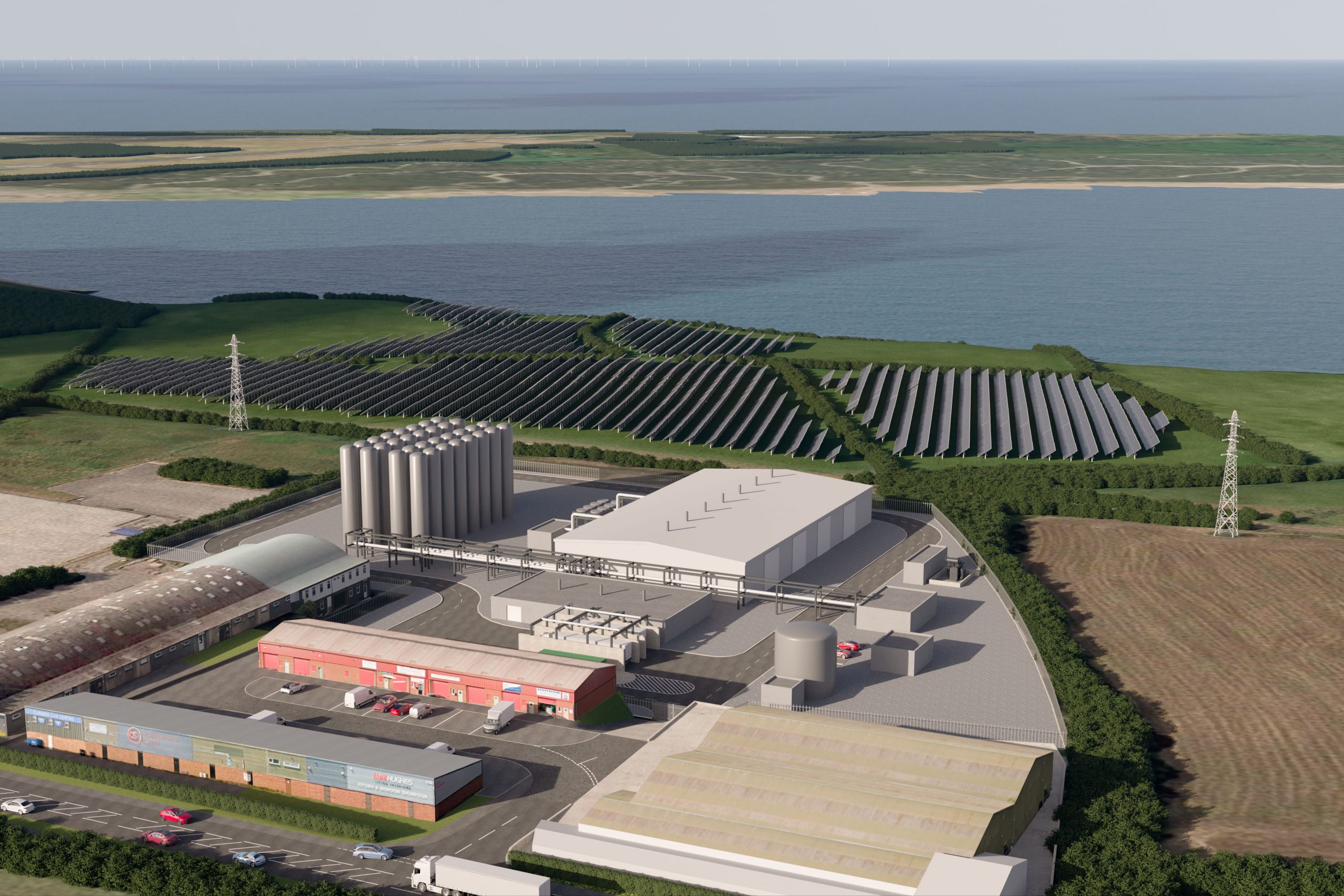A new study backed by top manufacturers including Tata Steel, Air Products & Airbus has found nearly £11 billion of economic and environmental benefits could be gained by kick-starting the UK’s green hydrogen market.
The benefits could be delivered by building just three 300MW production facilities in high demand areas, reducing carbon dioxide emissions by over 1.7 million tonnes a year, a cut equivalent to taking 60,000 diesel lorries off the road.
Besides industry leaders including Associated British Ports, the three-month old Green Hydrogen Alliance (GHA) is advised by leading researchers at UCL’s Energy Institute, Cranfield University, Future Humber and the Thames Estuary Growth Board.
Together, the GHA aims to help policymakers ensure the UK becomes a leading global player in hydrogen, seen one of the future’s most promising fuels.
As the government updates its Hydrogen Roadmap, the Aliance’s report out today sets out policy opportunities to help Britain advance into a green hydrogen future, rich in low-carbon fuels for industry.
Three UK port regions – the Humber, the Thames Estuary and South Wales – could act as hubs for rapid onshore hydrogen production, the Alliance believes. Regeneration of deprived areas would be fostered, harnessing major benefits significant to the nation’s economy and environment, including:
- Carbon reduction: Over 1.7 million tonnes of carbon dioxide emissions would be reduced every year, equivalent to taking 60,000 diesel lorries off the road.
- Levelling up: local authorities in the port areas would gain an average £480 million from hosting green hydrogen production facilities.
- Energy security: The plan would add 900MW of green hydrogen capacity – capable of producing 18% of the Government’s 2030 target.
- Job creation: Over 8,000 jobs would be created directly in operation sites, plus many more in supply chains across the country.
In total, the plants would generate almost £11 billion for the UK.
The report calls for new measures to kick-start a green hydrogen market. Among them are widening options for feedstock imports and streamlining processes to obtain planning permits for production and distribution infrastructure. Such policies will give the UK its much-need boost to create jobs in areas that need them most.
Alex Stafford MP, chair of Parliament’s all-party group on hydrogen, welcomed the GHA’s work: “It highlights the immense economic & employment opportunities which former industrial areas stand to gain from accelerating our green hydrogen economy.
“The UK has a real chance to lead the way in green hydrogen, especially when British innovation in this area is combined with our rich industrial heritage, but we must go further and faster to make a hydrogen economy a reality in the UK.”
The proposed plant locations are government targets for economic regeneration and ideally positioned to produce hydrogen. Over 8,000 jobs would be created in the production and operation of green hydrogen plants, offering sustainable growth and opportunities to communities across the Humber, Thames Estuary and South Wales.
A GHA spokesperson said: “Green hydrogen will be an important part of the UK’s future and journey to decarbonising. This report demonstrates the significant benefits that the UK can reap if we create the right investment environment to kickstart a flourishing green hydrogen market.”
When recidivist liar and disgraced former prime minister Alexander Johnson launched the Conservatives’ hydrogen roadmap two years ago, it was immediately undermined by the resignation of its advisor on green hydrogen.
Chris Jackson resigned in August 2021 from chairing the UK Hydrogen and Fuel Cell Association, denouncing as ‘an expensive distraction’ the Conservatives’ inclusion of hydrogen made by fossil fuel companies from legacy gas and oil.
In 2022 alone, the Conservative Party received an estimated £3.5 million from interests linked to fossil fuels and denial of climate science, according to a Guardian report in March, citing data from independent researchers at DeSmog.
Pictured: Carlton and Schroders’ green hydrogen project at Barrow Green, Cumbria




